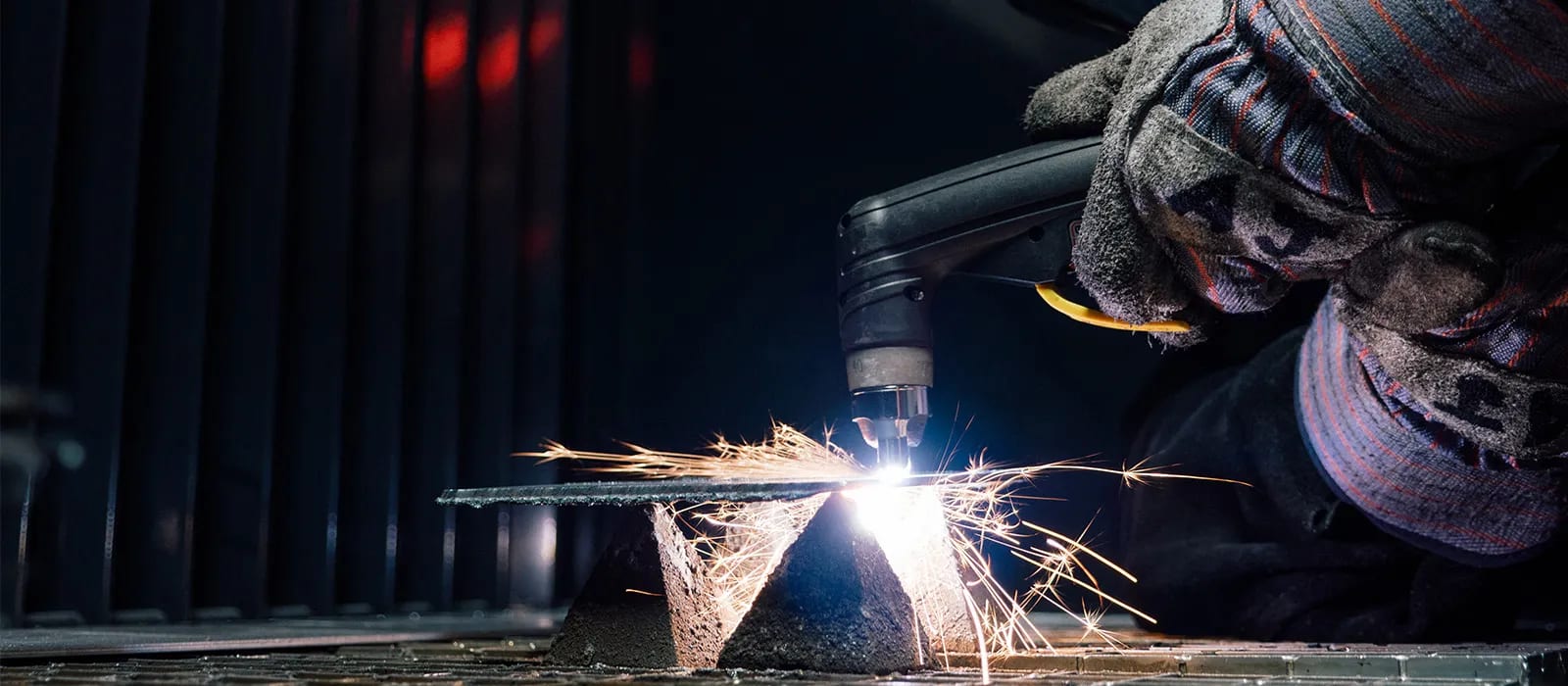Best Practices for Preventing Weld Undercut: Mastering the Basics
Best Practices for Preventing Weld Undercut: Mastering the Basics
Blog Article
Grasping the Art of Welding: How to Stay Clear Of Undercut Welding Issues for Flawless Fabrication Outcomes
By comprehending the origin creates of undercut welding and implementing effective techniques to stop it, welders can elevate their craft to new levels of excellence. In the pursuit of perfect construction results, grasping the art of welding to prevent undercut problems is not simply a skill yet a necessity for those aiming for excellence in their work.
Comprehending Undercut Welding

To prevent undercut welding, welders ought to guarantee appropriate welding specifications, such as readjusting the current, voltage, travel speed, and maintaining the appropriate electrode angle. By understanding the reasons of undercut welding and applying preventative actions, welders can attain high-quality, structurally audio welds.
Root Causes Of Undercut in Welding
Comprehending the factors that add to undercut in welding is crucial for welders to produce premium, structurally sound welds. Undercutting occurs when the weld metal does not properly fill the groove developed between the base steel and the formerly deposited weld metal. A number of factors can lead to damage in welding. One usual reason is extreme heat input. Welding at high temperature levels for extensive durations can lead to the base metal thawing greater than desired, leading to damage. Poor welding present or incorrect welding speed can additionally add to damage. Inadequate current might not supply enough heat to melt the base and filler metals sufficiently, while too much speed can protect against proper blend, causing undercut. Furthermore, incorrect electrode angles or incorrect lantern control techniques can produce areas of reduced weld metal deposition, promoting undercut. Recognizing these causes and applying appropriate welding strategies can help prevent damaging issues, making sure strong and long lasting welds.
Methods to Stop Undercutting

To alleviate the danger of undercutting in welding, welders can use critical welding techniques intended at improving the high quality and integrity of the weld joints. In addition, using the proper welding strategy for the certain joint setup, such as weave or stringer beads, can contribute to decreasing undercutting.
Furthermore, correct joint prep work, including guaranteeing clean base materials devoid of impurities and utilizing the suitable welding consumables, is essential in avoiding undercut problems. Using back-step welding methods and controlling the weld grain profile can likewise help disperse warm equally and lessen the risk of undercut. Regular examination of the weld joint throughout and after welding, as well as applying high quality guarantee procedures, can help in attending to and detecting damaging issues without delay. By carrying out these techniques faithfully, welders can achieve remarkable fabrication results with minimal undercut issues.
Value of Proper Welding Specifications
Picking and keeping appropriate welding specifications is necessary for achieving effective welds with marginal issues. Welding parameters refer to variables such as voltage, current, travel rate, electrode angle, and shielding gas circulation rate that directly impact the welding process. These criteria must be thoroughly adjusted based on the kind of material being welded, its thickness, and the welding technique used.
Proper welding criteria ensure the correct amount of warmth is used to thaw the base metals and filler product uniformly. If the criteria are established too expensive, it can result in too much warmth input, creating burn-through, distortion, or spatter. On the other hand, if the criteria are also low, incomplete combination, absence of penetration, or undercutting might happen.
Quality Control in Welding Workflow

Verdict
To conclude, grasping the art of welding requires a comprehensive understanding of undercut welding, its causes, and methods to stop it. By ensuring appropriate welding parameters and implementing quality control practices, perfect fabrication outcomes can be achieved. It is vital for welders to regularly strive for quality in their welding operations to stay clear of undercut issues and create premium welds.
Undercut welding, an usual problem in welding procedures, happens when the weld steel doesn't appropriately fill up the groove and leaves a groove or anxiety along the welded joint.To stop undercut welding, welders should make sure appropriate welding criteria, such as readjusting the existing, voltage, traveling speed, and maintaining the proper electrode angle. Poor welding existing or inaccurate welding speed can also contribute to damage.To mitigate the threat of undercutting in welding, welders can utilize calculated welding methods aimed at boosting the quality and stability of the weld joints.In conclusion, understanding the art of welding calls for a comprehensive helpful resources understanding of undercut welding, its reasons, and strategies to prevent it.
Report this page